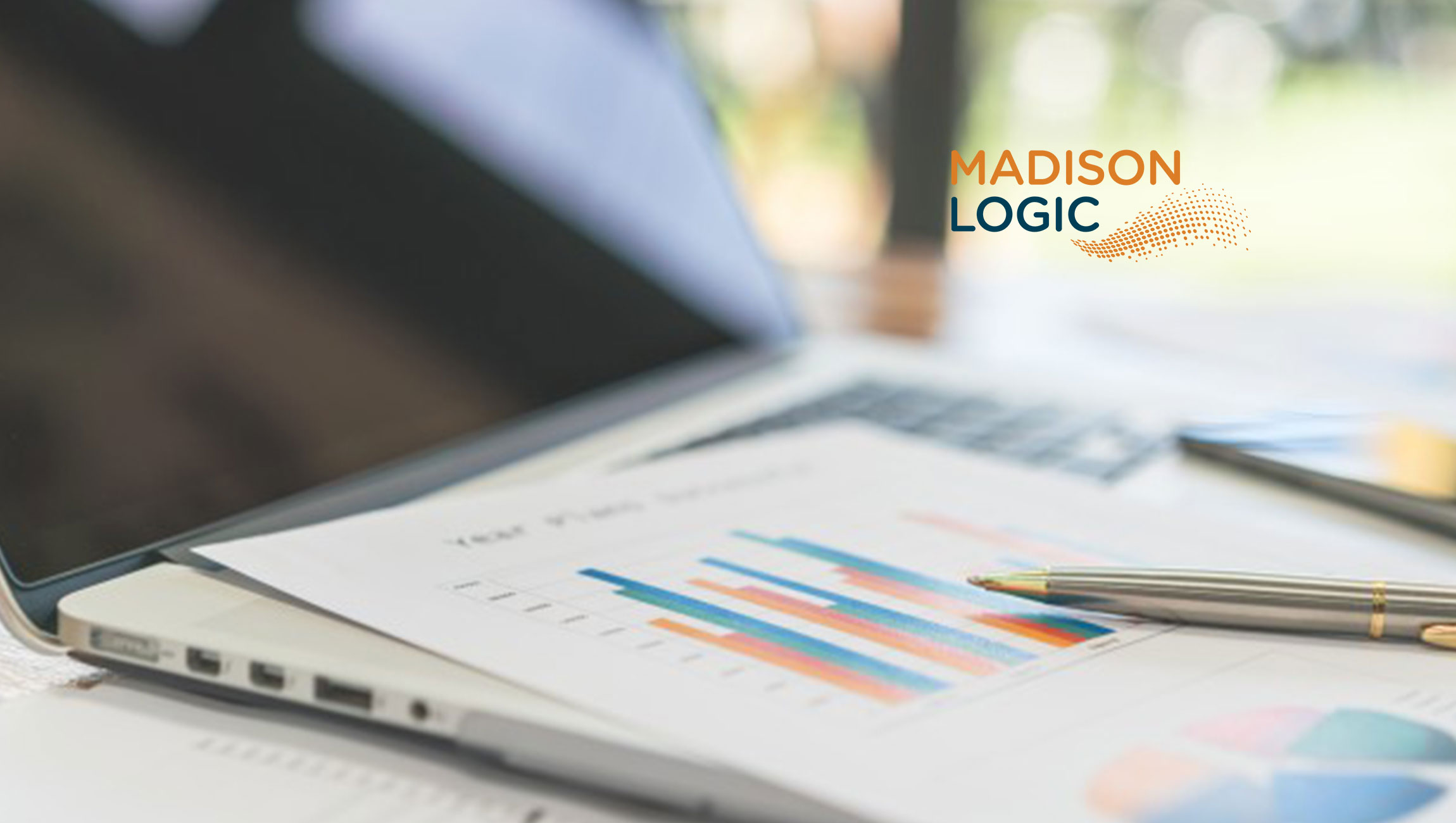 In the not-so-distant past, advertisers aiming to reach audiophiles had a straightforward task. Depending on their target audiences, they’d negotiate ad buys with local or national radio stations, place the ads, and that would be that.
In the not-so-distant past, advertisers aiming to reach audiophiles had a straightforward task. Depending on their target audiences, they’d negotiate ad buys with local or national radio stations, place the ads, and that would be that.
Amid the streaming revolution, however, advertisers’ work isn’t so simple. The digital audio universe is vast, from online radio to on-demand music services like Pandora, TuneIn, and Spotify, to the ever-expanding world of podcasts. All told, an estimated 180 million Americans stream music, live radio, and podcasts every month. Streaming services accounted for more than half of all revenue for the U.S. music industry in 2016.
But while digital audio captivates hundreds of millions of listeners, advertisers are still navigating this relatively new territory. Yet recent moves underscore that advertisers are increasingly penetrating the digital audio market, lured by ever-increasing audiences, significant revenue potential, and the increasing programmatic sophistication of key streaming services.
Streaming Services seek Monetization
Not surprisingly, streaming services themselves are keen to find new ways of monetizing their audiences, and major players are making the investments necessary to do so. In May, Pandora completed its $145 million acquisition of the digital audio adtech company AdsWizz. For its part, Google recently announced the forthcoming rollout of programmatic audio ads for Spotify, SoundCloud, TuneIn, and Google Play Music. Such moves are slated to accelerate existing trends: According to IAB’s Internet Advertising Revenue Report, total audio ad revenue for both mobile and desktop reached $1.6 billion in 2017, a 39 percent increase over 2016.
Also Read: Spotify Acquires MightyTV for Enriching CX Based on Programmatic Recommendations
Digital Audio is Everywhere
For marketers looking to get in on the action, digital audio offers multi-channel opportunities. People consume digital audio content on desktop, on mobile, in their cars, and on their televisions. Simply put, digital audio accompanies listeners throughout their entire days: while they’re riding public transit, working, cleaning their homes, or unwinding after a long day.
For marketers seeking to optimize their digital audio advertising campaigns, the data provided by the various apps streamers use will prove invaluable. Armed with information on everything from musical preferences to location, these apps can help marketers tailor their efforts to ensure that their advertising reaches relevant audiences with maximal impact. Whether it’s offering a user a specific fashion deal based on her musical affinities or promoting concert tickets, streaming apps open a world of possibilities for advertisers.
Also Read: Are Americans More Likely to Listen to Podcasts Than European Listeners?
Harness Digital Audio Data
Advances in digital audio adtech and sustained growth in listenership mean that the digital audio market will be integral to successful marketing campaigns for years to come. To convert loyal listeners to loyal consumers, marketers should be prepared to harness the wealth of user data digital audio services provide, directing listeners to relevant offerings.
Traditional radio may not be what it once was — but thanks to the abundance of data available in the digital age, digital audio can help advertisers elevate their campaigns to new levels. That should be music to every marketer’s ears.
Also Read: Adobe Advertising Cloud Set to Transform Digital Audio Ads Targeting on Smart Speakers



